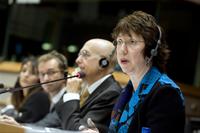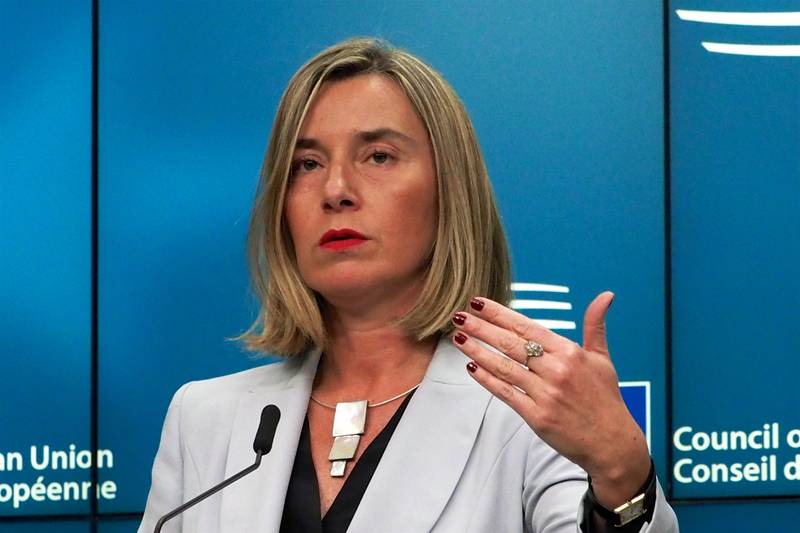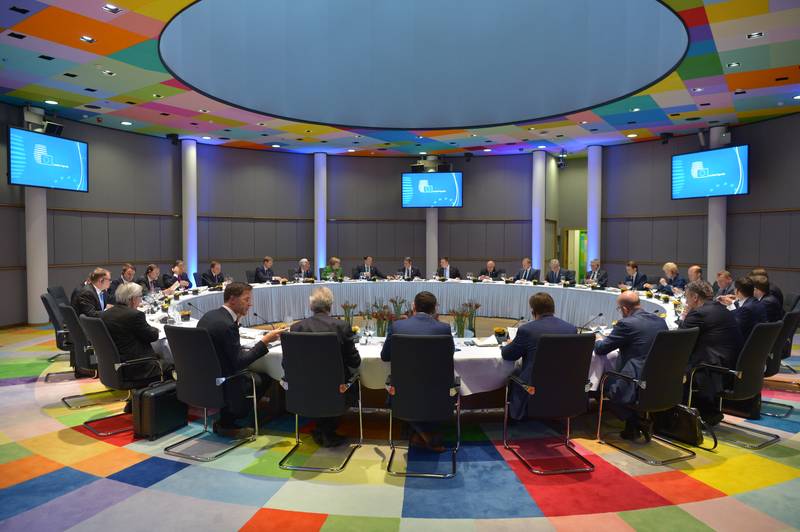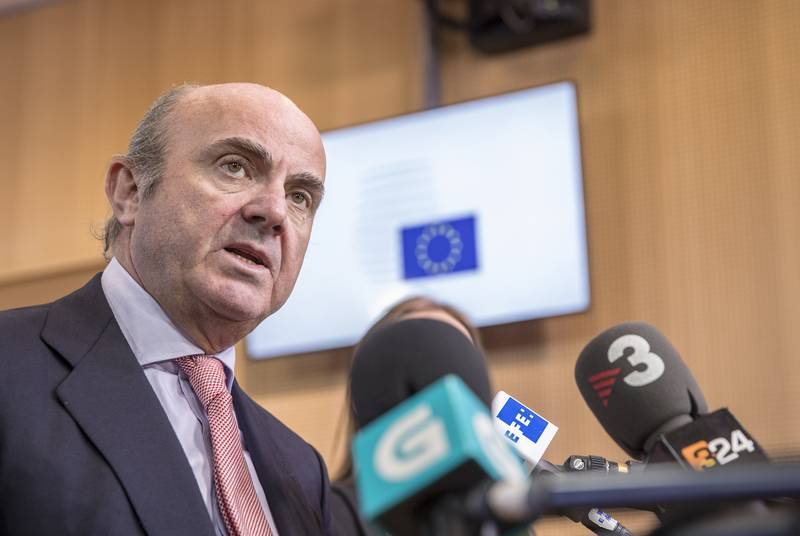Baroness Ashton with a new plan for the European diplomatic service
Ralitsa Kovacheva, April 25, 2010
 The first European diplomat Catherine Ashton has made changes in her proposal for the structure of the new European External Action Service (EEAS). It is expected the new structure to be discussed by the foreign ministers of the 27 EU member states at their Council in Luxembourg on April 26. But it is clear already that Ashton's plan will be supported by "a surprisingly broad consensus", although with many things in mind, related to national nominations for key positions, a diplomat from a big European state commented, quoted by the EurActiv.
The first European diplomat Catherine Ashton has made changes in her proposal for the structure of the new European External Action Service (EEAS). It is expected the new structure to be discussed by the foreign ministers of the 27 EU member states at their Council in Luxembourg on April 26. But it is clear already that Ashton's plan will be supported by "a surprisingly broad consensus", although with many things in mind, related to national nominations for key positions, a diplomat from a big European state commented, quoted by the EurActiv.
The initial proposal the Service to be headed by a Secretary General will be replaced in the new one by a "collegial leadership", composed of three people. One of them (on the principle first among equals) will lead the service in the absence of Ashton and will be called an Executive Secretary General. Another idea is the three co-leaders to be the European Commissioners, working in the field of external relations - the enlargement Commissioner Stefan Fuele, the Development Commissioner Andris Piebalgs and Humanitarian Aid Commissioner Christalina Gheorghieva (Kristalina Georgieva).
The detailed organizational structure from the first project is not included in Ashton's new proposal. According to the diplomat, quoted by EurActiv, the reason is that baroness Ashton does not want to bind herself with a tight administrative framework and that the Service can evolve with the time.
It is more probable, however, that Ashton is trying to secure an easier passage through the Council of the European Union with a more schematic project, which will easily pass through the European Parliament which heavily criticised the previous project. According to the MEPs, the Service is designed under a French model with a powerful administrative apparatus and an almighty Secretary General, who, the German Christian-Democrat Elmar Brok defined as a huge spider, sitting in the centre of the web and controlling everything.
Besides, the Parliament is afraid that the project is too much in benefit of member states instead of the Commission. The legislators do not have the word regarding the structure of the Service at this stage but they can block the process regarding financing.
On Wednesday (April 21) the leaders of the three biggest political groups in the EP Joseph Daul (EPP), Martin Schultz (Socialists and Democrats) and Guy Verhofstadt (ALDE) issued a joint statement about the project. They said that the current proposal "does not reflect the community interest or promote a genuine European added value but rather the return of intergovernmentalism".
The three leaders literally threaten that "unless and until the Council and the Commission are prepared to initiate real negotiations with the Parliament, no progress can be made on this important issue. And to achieve this, Parliament is prepared to fully use its powers of co-decision".
The most optimistic plans envisaged the EEAS to be ready by the end of April which will obviously not happen. In the meantime, however, unofficially a process of its structuring is going on: the European Commission and the Council of the European Union have already provided the lists of their administrative services which will become a part of the Service. There are no specific names in the lists, the diplomat claims. He added that member states have not yet been invited to send their lists with nominations for positions in the new body. Whenever this would happen, probably the intrigue surrounding the Service will burst with new flames.
 Federica Mogherini | © Council of the EU
Federica Mogherini | © Council of the EU | © Council of the EU
| © Council of the EU Luis De Guindos | © Council of the EU
Luis De Guindos | © Council of the EU